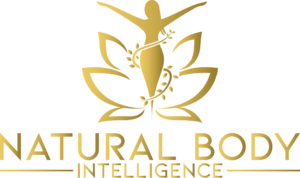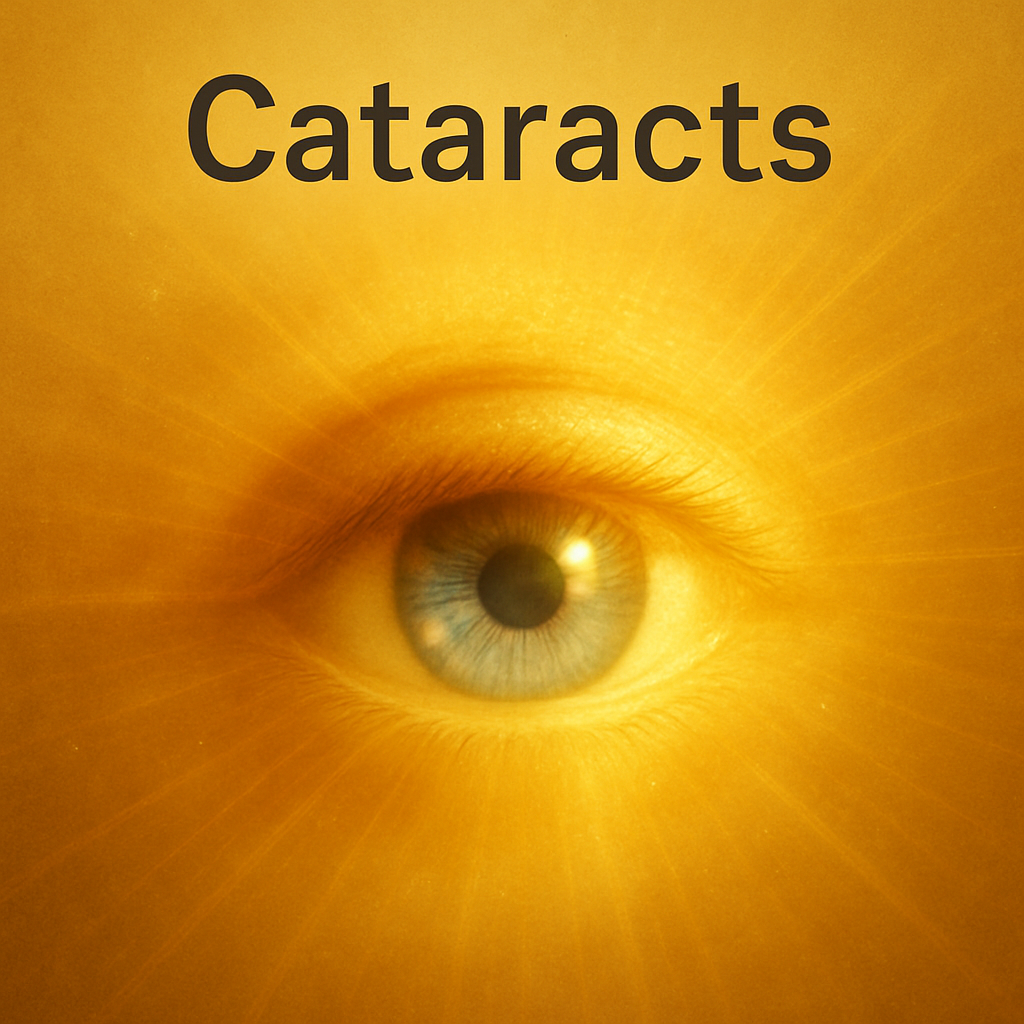Cataracts: The Eye’s Response to Internal Toxicity
Cataracts are one of the most common conditions affecting vision in later life. They are usually described as a clouding of the eye’s lens caused by ageing or genetic predisposition. But from a Natural Hygiene perspective, cataracts are not inevitable and not a random product of age—they are a sign of internal toxicity and loss of vitality within the eye and bloodstream.
The lens of the eye is a living tissue, nourished by the blood and lymphatic systems. When these fluids become congested with waste from poor diet, stress, and lack of rest, the clear lens becomes clouded. Cataracts are therefore not a “disease of the eyes” but a manifestation of systemic imbalance and toxemia.
The Natural Hygiene View of Cataracts
In a clean, oxygen-rich body, the eyes remain clear, bright, and hydrated. When waste accumulates in the bloodstream, the body attempts to protect the delicate tissues of the eye by depositing waste there in a relatively harmless form—creating the cloudy opacity we call a cataract.
The body’s intelligence is never wrong. Cataracts represent a protective measure, not a malfunction. The lens acts as a safe storage site for acidic waste that could damage more vital organs if left circulating freely.
When the body is cleansed, and circulation and elimination are restored, the condition can stabilise or even reverse. In Natural Hygiene, the focus is always on purifying the terrain, not attacking the symptom.
The True Causes of Cataracts
- Toxaemia (internal poisoning) – Accumulated waste products from processed food, stimulants, and drugs saturate the bloodstream.
- Dehydration – Insufficient intake of pure water and fresh fruits leads to thickened lymph and poor eye hydration.
- Nutritional depletion – Years of cooked and refined foods deplete the body’s supply of living enzymes and antioxidants needed to maintain tissue clarity.
- Sunlight deficiency – Artificial light and indoor living reduce oxygenation and weaken the lens’s vitality.
- Chronic stress and emotional strain – Tension restricts blood flow and oxygen delivery to the eyes.
- Suppression of elimination – Repeated drug use, especially antibiotics and steroids, forces toxins inward instead of allowing them to leave through the skin, bowels, or lungs.
Cataracts develop slowly, often over years, as the body loses its ability to cleanse itself fully. The lens becomes a mirror of the body’s internal state—if the blood is clouded, the vision will be too.
Why Surgery Does Not Heal the Cause
Modern medicine offers cataract surgery as the only solution—removing the cloudy lens and replacing it with an artificial one. While this restores vision temporarily, it does nothing to correct the internal pollution that caused the problem.
In many cases, after surgery, other degenerative eye conditions such as glaucoma or macular degeneration may appear later because the root cause remains unresolved. Natural Hygiene aims to restore clarity from within—by correcting the terrain so that the eye’s natural tissues can cleanse and regenerate.
The Natural Hygiene Approach to Healing
1. Fast and Rest
Fasting is nature’s method of internal cleansing. When digestion is paused, the body diverts energy toward detoxification and repair. Fasting can help dissolve stored waste and restore clarity to the eyes.
2. Adopt a Living Diet
Base your diet on fresh, raw fruits, leafy greens, and tender vegetables. These foods provide living water, natural antioxidants, and enzymes that dissolve waste deposits. Avoid animal products, fried foods, and salt, which increase internal acidity.
3. Breathe and Move in Nature
Deep breathing and gentle exercise increase circulation and oxygen supply to the eyes. Fresh air and sunlight are essential to rebuild vitality. Early morning sun gazing (with eyes closed) can help re-energise the optic system.
4. Rest the Eyes
Reduce exposure to artificial light and screens. Allow periods of complete rest with eyes closed, especially after reading or working. The eyes heal best in relaxation.
5. Emotional Calm
The eyes are closely linked to emotion. Resentment, fear, and grief cloud perception just as toxicity clouds the lens. Peace of mind is essential for physical clarity.
6. Hydration and Simplicity
Drink pure water and eat high-water fruits such as grapes, oranges, and melons. Simplicity in diet and routine prevents further waste build-up.
The Meaning of Cataracts
Cataracts often develop in people who have lived under long-term strain, overwork, or emotional burden. From a Natural Hygiene view, the body uses this condition to slow us down and encourage introspection. It is an invitation to see life more clearly—not with the eyes, but with awareness.
When the body is purified, and life is simplified, the eyes regain their natural brightness. Many people have experienced partial or complete clearing of cataracts after fasting and raw living.
The body’s goal is never destruction—it is always self-preservation and healing.
In Summary
Cataracts are not a disease to fear but a signal of internal pollution and exhaustion. The clouding of the lens mirrors the clouding of the blood. By fasting, resting, and returning to natural living—pure foods, sunlight, fresh air, and peace of mind—the body restores clarity to both the eyes and the spirit.
Healing is not achieved by mechanical means but by cooperation with nature. The clearer we live, the clearer we see.


